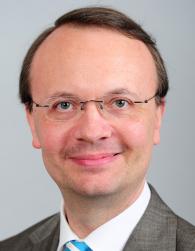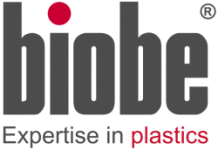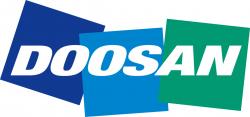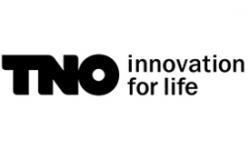The 2023 NCCC pilot plant campaign uses flue gas from the gas-fired boiler containing 2.5 ppm NO₂ and no SO₂. The NO₂ prescrubber is operated with a target < 0.5 ppm NO₂ concentration entering the absorber to investigate the oxidation by NO₂ and test the scrubbing effect of sulfite/thiosulfate. This report summarizes the preliminary data of the NO₂ prescrubber and the generation of mononitrosopiperazine (MNPZ) in the amine scrubbing system.
WP5 - Demonstration of Solvent Qualification Programme
The main objective of WP5 is to demonstrate the LAUNCH solvent qualification programme in industrial environments. Four large-scale facilities will be used to validate the innovative LAUNCH technology and to assess and manage solvent degradation.
The four sites are: RWE’s Niederaussem pilot plant in Germany; AVR’s Duiven waste incineration plant in the Netherlands; the University of Sheffield’s PACT test facility in the UK; and NCCC’s Alabama test facility in the USA.
WP5 is divided into 3 key tasks:
Task 5.1 Validation of the LAUNCH Rigs at RWE and AVR
Task 5.2 Demonstration of degradation control technologies at RWE and NCCC
Task 5.3 Demonstration of solvent qualification programme for second generation solvents at PACT
Coordinator profile

Coordinator Name: Peter Moser
Coordinator Job Role: Head of R&D “Emission Reduction Technologies”, RWE Power AG
Dr. rer. nat. Peter Moser is Head of R&D “Emission Reduction Technologies” at RWE Power AG in Essen, Germany. He studied chemistry at the University of Cologne, where he also received his PhD. He has participated in several German and numerous international CCUS projects, including AEP´s Mountaineer CCS project and EPRIS´s P4 project. EU projects include CASTOR, CESAR, CO2SINK, ENCAP, EcoScrub and ALIGN-CCUS.
Results
D5.3.1 and D5.3.2 Tests at TERC
Task 5.3 was aimed at testing a ‘second generation’ solvent at the Translational Energy Research Centre (TERC) CO₂ capture plant. However, due to health and safety implication with alternative solvents and corrosion issues related to concentrated Monoethanolamine (MEA), it was decided to replace the deliverables D5.3.1 and D5.3.2 with extended tests to demonstrate the effectiveness of degradation countermeasures.
D2.3.2 - D5.2.2 - 5.2.3 The impact of iron and impurities removal on the degradation of CO₂ capture solvents
The impact of the removal of iron and impurities on the degradation of CESAR1 by applying solvent management technologies with different effect mechanisms (adsorptive removal, ion exchange) was investigated and checked against each other in a unique 41 months (1,240 days or 29,760 testing hours) long-time test at the CO2 capture plant at Niederaussem without solvent inventory exchange and almost continuous 24/7 operation. The results of the test campaign of solvent management technologies with CESAR1 are contrary to the general recommendations according to an inappropriate guideline from the UK Environment Agency (published in July 2021) on best available technologies and some tests with 30% MEA which have been short compared to the time-scale of solvent degradation. The BAT document must be revised.
More About the Project
Objectives
The primary objective of the LAUNCH project is to accelerate the implementation of CO2 capture across the energy and industry sectors by developing novel solvents and establishing a fast-track, cost-effective de-risking mechanism to predict and control degradation of capture solvents.
Outcomes
The LAUNCH project will deliver the necessary knowledge and tools to allow CO2 capture plants to operate in a more controlled and cost-efficient way. The project will also provide solvent developers with the tools to assist in designing and validating novel solvents. By avoiding uncontrolled build-up of degradation products, LAUNCH will improve the performance and economics of CO2 capture.












